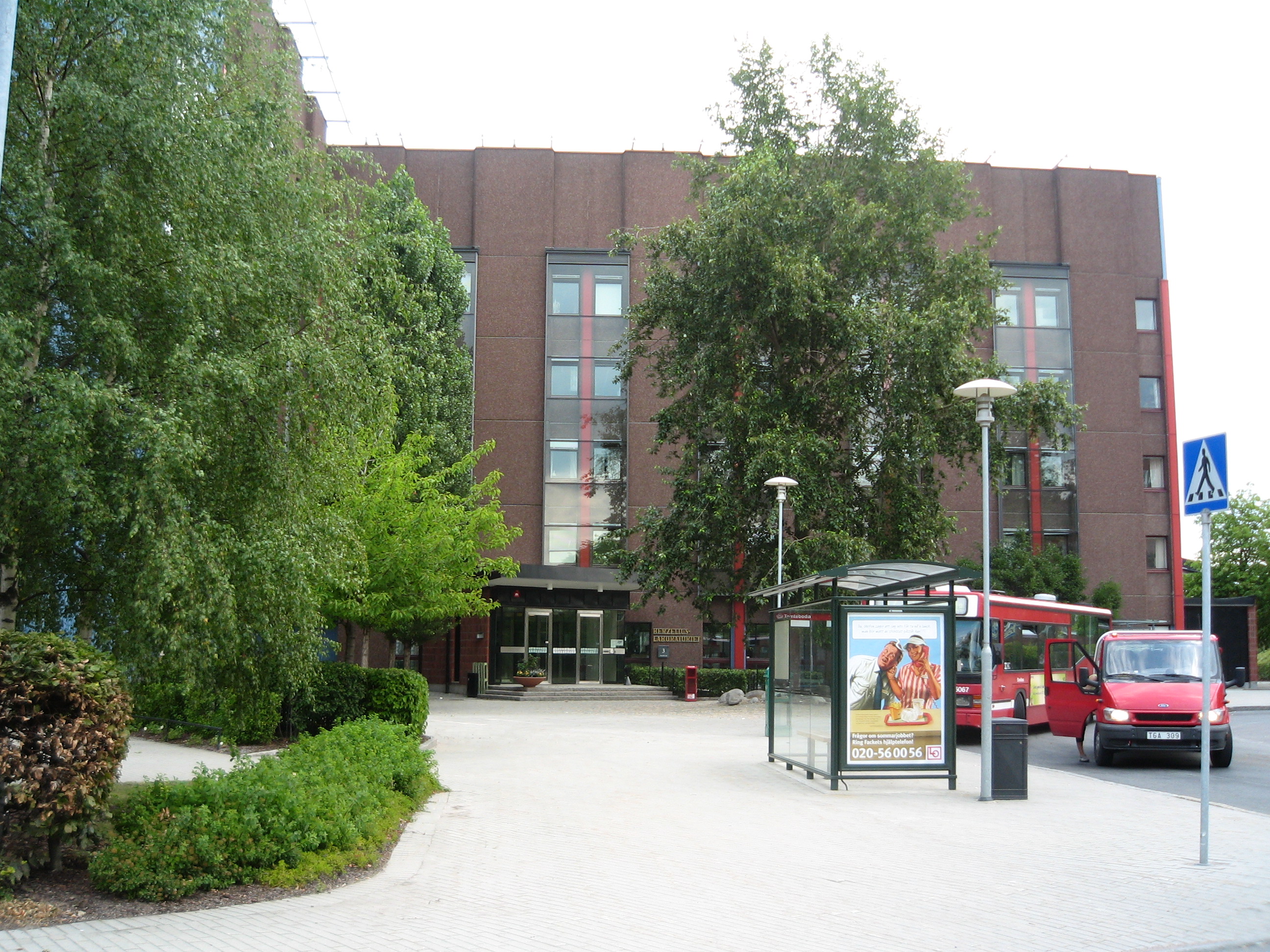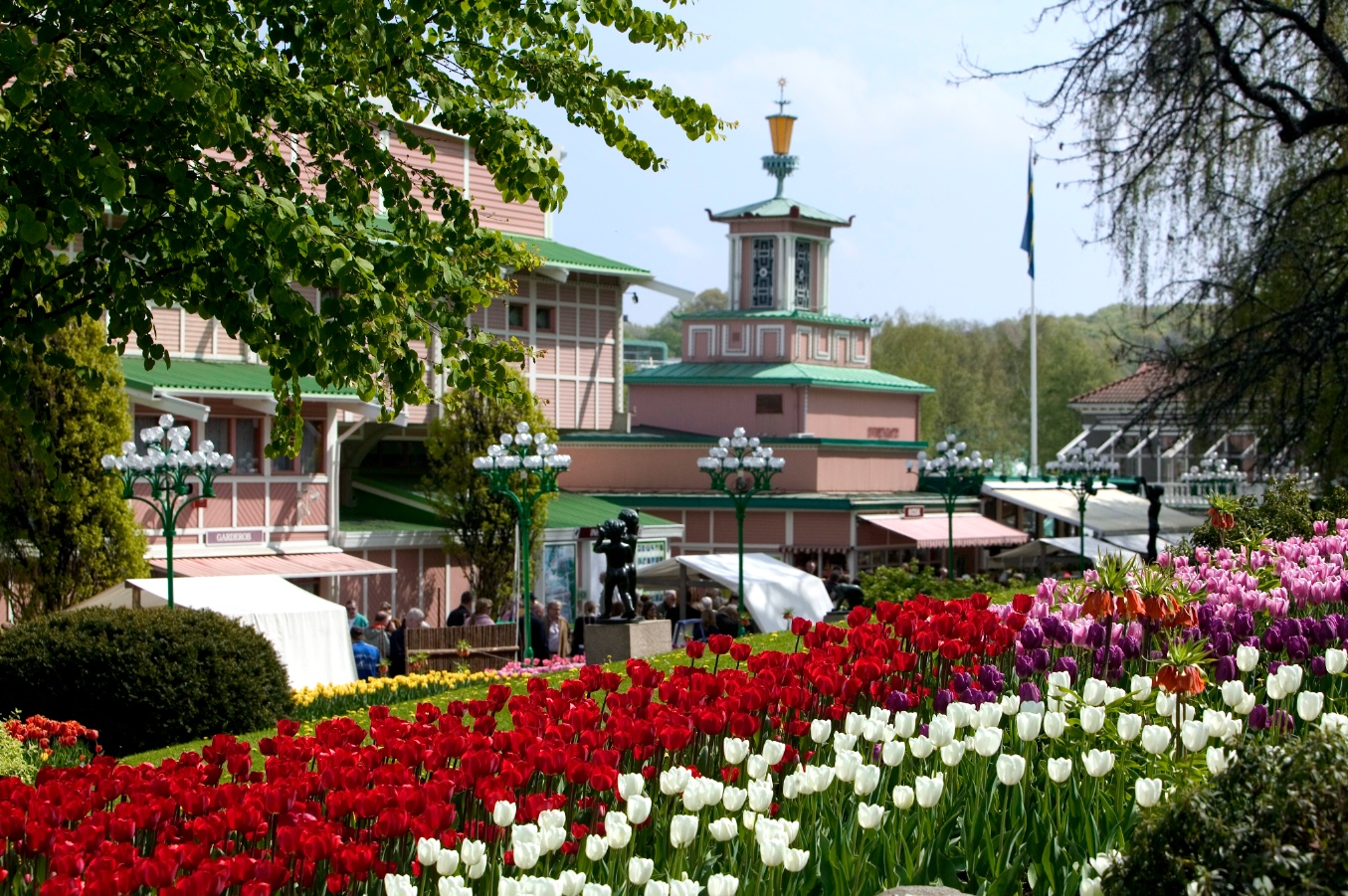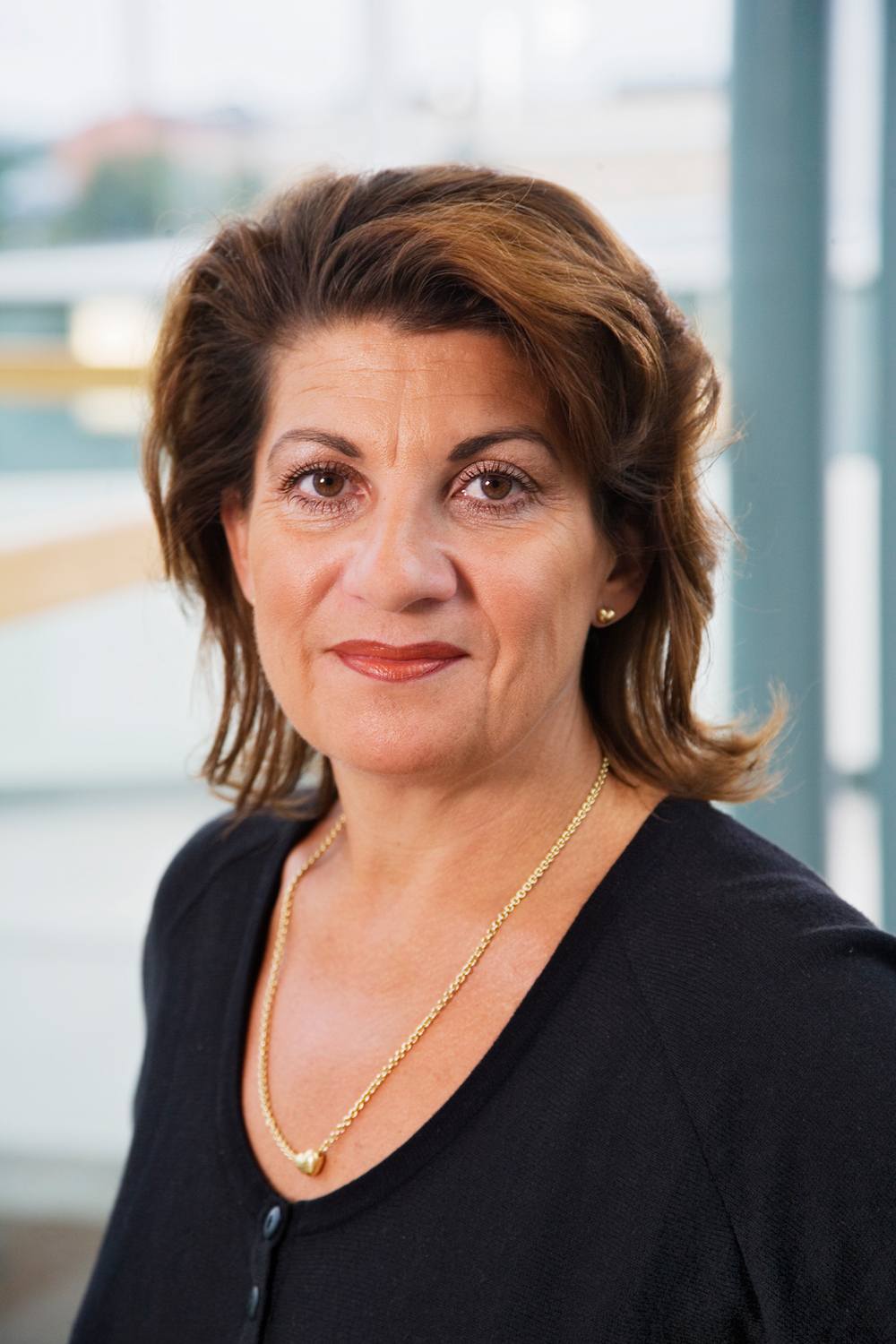Swedish News:
How good are Swedish universities? Happy 90th Liseberg! Alarm from Arbetsformedligen. Night church in Kalmar. Swedish forests to fuel cars.
-
 If one was to utilize the Swedish forests, the country could easily be self-sufficient in producing biofuels (methanol and dimethyl ether).
If one was to utilize the Swedish forests, the country could easily be self-sufficient in producing biofuels (methanol and dimethyl ether). -
-
How good are Swedish universities?
Classical elite universities in the U.S. and Great Britain are still on top on the list of the world's best universities. But Sweden also offers world-class education – the Karolinska Institute in Solna is the world’s fourth best place to study pharmacology and the tenth best when it comes to medicine. QS World University Rankings by Subject annually ranks the best 700 universities in the world by subject. Harvard University comes out on top in several subjects, which makes it the overall top university in the world. Apart from the Karolinska Institute, Stockholm, Lund, and Uppsala universities are all in the top 50 in different subjects, as are Handelshögskolan, KTH (Royal Institute of Technology), Chalmers, and Sveriges lantbrukaruniversitet (Swedish University of Agricultural Sciences).
For more information: www.topuniversities.com/subject-rankings -
 Tired of being alone on a Friday night, yet have no interest in going to a pub? The concept of “nattkyrka” is spreading in Sweden, as more and more churches (in Lund, Malmö, Stockholm, Eskilstuna, Kalmar and others) are open during nights for visitors who’d like to come to read a book, talk to others, light a candle, or perhaps just sit in stillness among others for a while.
Tired of being alone on a Friday night, yet have no interest in going to a pub? The concept of “nattkyrka” is spreading in Sweden, as more and more churches (in Lund, Malmö, Stockholm, Eskilstuna, Kalmar and others) are open during nights for visitors who’d like to come to read a book, talk to others, light a candle, or perhaps just sit in stillness among others for a while. -
-
Happy 90th Liseberg!
The amusement park Liseberg in Gothenburg is turning 90 today! It was in 1923 that Liseberg opened, but the name is much older than that. In 1753, landowner Johan Anders Lamberg named his property “Lisas berg” or “Lisa’s Mountain”, after his wife Elisabeth or Lisa. In 1908, the city of Göteborg bought the property including on-site buildings. And then, in 1923, when Göteborg celebrated its 300-year anniversary (with the Göteborg Exhibition), a leisure and congress park was opened on May 8th, which included fun slides and a 980 feet long wooden Kanneworffska Funicular. The park was intended to be only temporary, but because of its success with over 800,000 visitors in just a month, it was kept open. Today, Liseberg offers more than 30 different rides, stages, a dance hall, restaurants, and arcade halls. Much of it is forested. In 1983, the green and pink Liseberg Rabbit was introduced as the park’s symbol and mascot.
For more information: http://liseberg.com/en/home/ -
 Karolinska Institutet in Solna ranks high on QS World University Rankings by Subject, coming in as number four when it comes to pharmacology and 10 in medicine. Above: The University Library and the Berzelius Laboratory at Karolinska. Photo: Oscar Franzén/Wikipedia
Karolinska Institutet in Solna ranks high on QS World University Rankings by Subject, coming in as number four when it comes to pharmacology and 10 in medicine. Above: The University Library and the Berzelius Laboratory at Karolinska. Photo: Oscar Franzén/Wikipedia -
Alarm from Arbetsformedligen
The number of young (16 through 29) people in Sweden who have neither worked nor studied for the past three years is now 77,000 people. Of these, 20 000 have never been registered at Arbetsförmedlingen (the Swedish Public Employment Service) nor have they been in touch with their home municipalit, this according to a report from Arbetsförmedlingen on young people on and off the job market. “That there are youths who neither work nor study and who are also not registered at Arbetsförmedlingen is unfortunately not news to us,” says Director General of Arbetsförmedlingen Angeles Bermudez-Svankvist. However, Bermudez-Svankvist believes the numbers are “alarming”, and that the problem exists in the entire country, and is not just a problem in the suburbs. She adds that it is important to focus on what those in power do. Arbetsförmedlingen writes that the combination of not having either worked or studied for several years shows that there’s a core of young Swedes with grave problems who are in high risk to permanently be excluded from society. Moreover, the report shows that among these youths there’s a large group of people with only limited education. “These young people have early in life been excluded from work and studies. It’s a group not previously discussed. They exist in the outer edge of society and risk being permanently excluded from the employment market,” says Marwin Nilsson, analyst at Arbetsförmedlingen at a press conference. This problem is growing in the rest of Europe a well, and according to OECD the group of young Swedes who neither work nor study is relatively small in comparison to many other European countries. In order to get this group onto the job market, Arbetsförmedlingen has now created a project called “Unga in” in Stockholm. “It’s important that they know we exist. We must devote our time to those who most need it. It would mean a huge socio-economical victory if we could change a person’s life,” says Bermudez-Svankvist. -
 Happy Birthday Liseberg! Today, May 8th, the Göteborg amusement park turns 90 years old. Photo: Stefan Karlberg/Liseberg.com
Happy Birthday Liseberg! Today, May 8th, the Göteborg amusement park turns 90 years old. Photo: Stefan Karlberg/Liseberg.com -
Night church in Kalmar
Where do you go at night if you do not want to be alone, yet have no interest in clubbing or going to a bar or restaurant? In Sweden, the concept of “nattkyrka” (night church) is spreading. Now, it’s available in the seaside town of Kalmar. The premiere will take place on Friday, May 3. “We will open at 8 p.m. and the church will remain open all night long,” says Ingrid Svedjenäs, lay worker at Kalmar Cathedral Parish. “There will be music … and a midnight mass. You are also welcome to ‘fika,’ light a candle, or just enjoy the stillness, talk to others or read a book from the book table in the church.” The “nattkyrka” is run primarily by volunteers, but Svedjenäs says there will always be someone from the church there as well. Lots of people are out and about on Friday nights, which is why the church wants to be open and accessible at that time. “We offer a different kind of room for meetings on Friday nights,” says Svedjenäs. The plan is to have night church three Fridays during the month of May, when the church will be open until 1 a.m. on Saturday. -
 Director General of Arbetsförmedlingen Angeles Bermudez-Svankvist says the number of Swedish young people who have neither worked nor studied during the past three years is alarming. Photo: Magnus Pehrsson/Arbetsformedlingen.se
Director General of Arbetsförmedlingen Angeles Bermudez-Svankvist says the number of Swedish young people who have neither worked nor studied during the past three years is alarming. Photo: Magnus Pehrsson/Arbetsformedlingen.se -
Swedish forests to fuel cars
Sweden could be self sufficient in biofuels by producing methanol and dimethyl ether from forest resources. This is the conclusion scientists have come to, says a report from Kungliga Vetenskapsakademien (the Royal Academy of Sciences), according to daily DN. In one study, the scientists write that dimethyl ether (a gas-like fuel for diesel engines) and methanol (wood alcohol) could in principle replace today’s gasoline and diesel. Last year, Danish scientists drew similar conclusions. -
-
